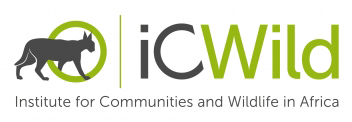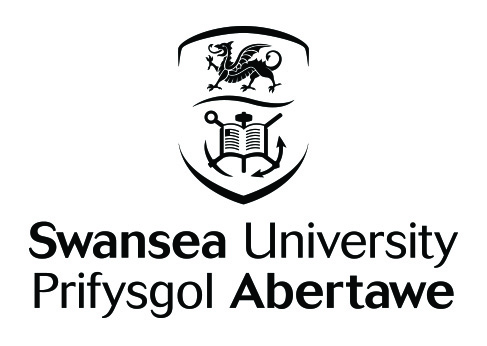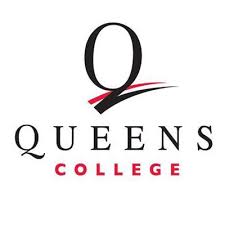|
Jump to: iCWild's work · Current projects · Project team · Collaborators and funders · Outputs |
Although conflict between humans and wildlife on the urban edge is a global phenomenon, baboons are undoubtedly one of the most challenging animals to share space with. They are strong, agile and dexterous which allows them to scale an apartment block and unzip a bag with equal panache. They’re also social and so can learn from each other as they search for new food sources in an ever changing world. It’s in this context that iCWild’s long history of baboon research began.
iCWild's work
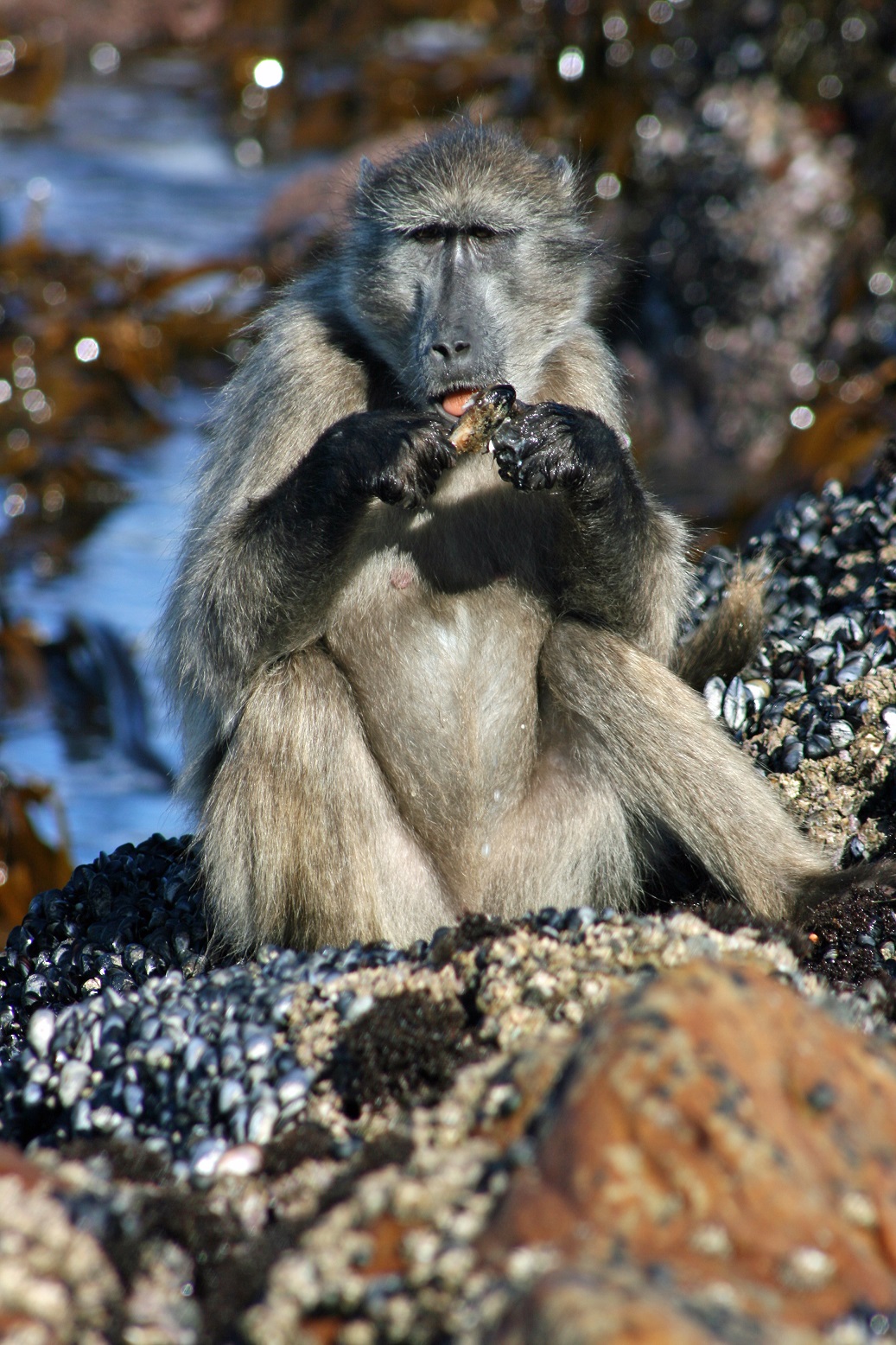
In the Cape Peninsula, South Africa, the problems for baboons began in earnest when people started sedentary living and usurped all the productive low lying lands for growing crops and building houses. Baboons were left with the mountains where exposure to the elements is high, and plant productivity is low. Although baboons like high-lying areas for sleeping, they prefer to forage at lower altitudes where the deeper soils sustain more and higher-quality food.
Fifteen years ago there was a real lack of data on basic issues such as how many baboons lived in the Cape Peninsula, what habitat they preferred, and whether there was enough food and space for them. In the absence of data the many divergent opinions on these topics carried equal weight. Management meetings were consequently dogged by heated arguments that ranged from claims that Cape Peninsula baboons were going extinct to demands that they should all be captured and shipped off to the other side of the Cape Flats. This was iCWild’s (which subsumed the University of Cape Town’s Baboon Research Unit) starting point for realising that conflict between people over how to manage wildlife was often greater than that between communities and wildlife.
As our research results came in – from 15 postgraduate students, including five PhDs – so some of the common myths were dispelled. Numbers were increasing, there was more than enough space for baboons who shunned fynbos for alien vegetation (including pines, grapes and acacias) where this was available. We learnt that Cape Peninsula baboons are neither genetically nor behaviourally unique, and that long exposure to humans had resulted in them acquiring both human parasites and viruses.
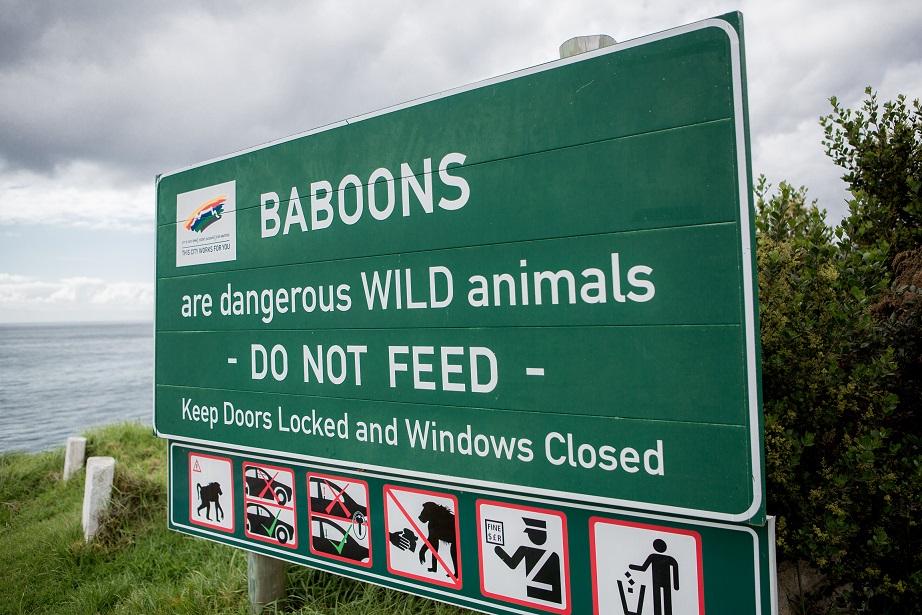
Together these findings closed the door on those advocating moving the baboons off the Cape Peninsula. Both the baboons and people elsewhere in the country would pay an unacceptably high cost. The authorities thus accepted they were now dealing with a closed population which, with no natural predators and a lot of food attractants on both farms and in the suburbs, would require constant management.
Over the years, funding for management increased and management subsequently improved. Now in 2019, baboons spend less time in urban areas, and there are fewer injuries and deaths attributed to residents seeking retribution for raids. In fact, recent research led by Swansea University revealed that, although raiding and urban foraging were still occurring, the current service provider (Human Wildlife Solutions) was succeeding in keeping male baboons out of urban areas for >98% of the time. This suggests that the City of Cape Town’s investment is improving both the welfare and the conservation status of baboons, and in so doing is improving the wellbeing and property prices of residents living on the urban edge.
There is still an enormous amount of work to be done, including improved legislation to get serial offenders to finally improve their management of residential properties and waste areas. More education is also essential, along with the auditing and improvement of all properties that attract baboons into urban areas.
Current projects
-
The first project will be Esme Beamish’s PhD work which will explore the effectiveness of the Cape Peninsula’s different management and conservation strategies by reviewing long-term demographic data relating to population growth, mortalities and injuries. Esme had planned to commence her Phd in 2020 but Covid-19 has delayed that, and she hopes to commence in 2021. She currently advises baboon management as an independent researcher with a Masters degree on the effects of permanent injury on Peninsula baboons.
-
Swansea-University PhD candidates Anna Bracken and Charlotte Christensen are investigating the flexibility of baboons in response to human-changed environments, and baboon behavioural endocrinology, respectively. These PhD projects are supervised by Associate Professor Andrew King and Dr Ines Fürtbauer (both from Swansea). iCWild provides technical and logistical support for these projects while the City of Cape Town welcomes the importance of data collection by independent researchers to assess the success of Africa’s best funded largely non-lethal program for deterring baboons from human-modified landscapes.
Project team
|
Prof Justin O’Riain (iCWild), Principal investigator and project contact Dr Andrew King (Swansea University) Dr Ines Fürtbauer (Swansea University) Prof Larissa Swedell (Queens College, CUNY), Project supervisor Dr Matthew Lewis (iCWild), Project supervisor Esme Beamish (iCWild), proposed PhD candidate Anna Bracken (Swansea University), PhD candidate Charlotte Christensen (Swansea University), PhD candidate |
Collaborators and funders
Related outputs
Click here to view iCWild's full output list, and use the filter tool to view outputs related to the Cape Peninsula baboons.
Photo credits: Matthew Lewis
